Diving South Malé Atoll – The Vaadhoo Region
North and South Malé Atolls are separated by the Vaadhoo Kandu with a depth of...
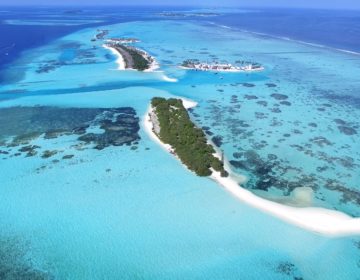
North and South Malé Atolls are separated by the Vaadhoo Kandu with a depth of...
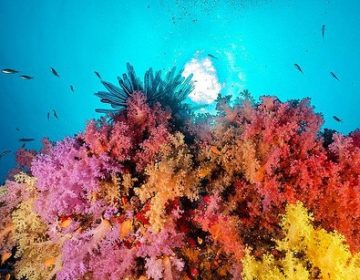
Madi Thila In Madivaru Kandu is a large underwater thila, the biggest in North Malé...
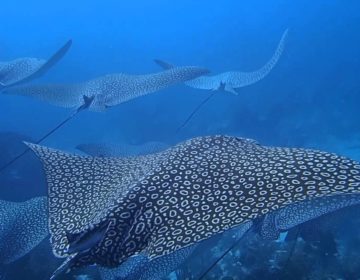
Baros Thila To the south of Baros is a thila with the top at eight...
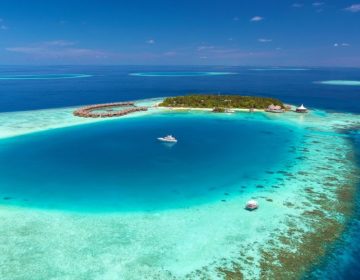
Hannes Reef Hannes Reef is a small outcrop of rock lying near Maagiri reef at...
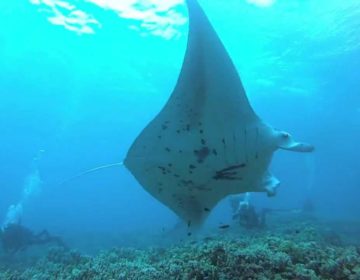
Aquarium On the outside reef slightly to the north of the corner, is a conglomeration...
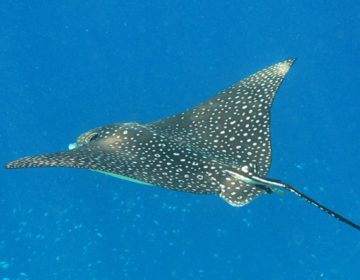
Kuda Kandu On the northwest side of Kassan Faru Kandu is a channel dive with...
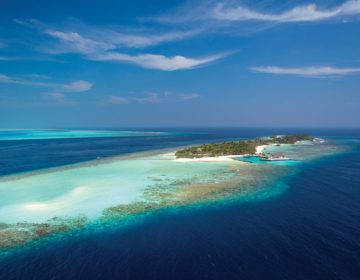
The Helengeli Region lies directly below the Gaafaru Region in the North Malé Atoll, and...
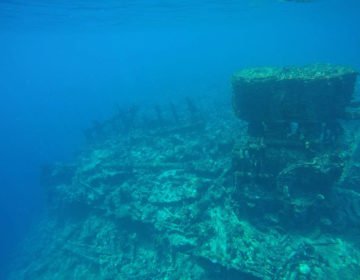
The seabed east of Malé Atoll shelves steeply to 2,000 meters and the west less...
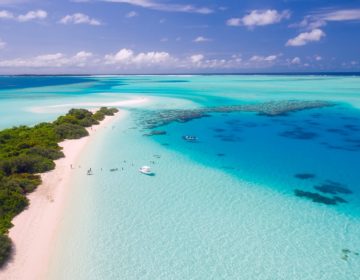
The words ‘climate change’, ‘migration,’ and ‘islands’ evoke images of “climate change refugees” fleeing from paradise as the ocean mercilessly rises over pristine beaches. These representations rarely hold in reality. Phrases such as “climate refugees” and “climate migrants” are severely criticized in scientific literature, and many islanders object to the terms. The Maldives is a perfect case to illustrate how islanders view links between climate change and migration. The country, an Indian Ocean archipelago with 1,190 islands grouped into 26 low-lying coral atolls, has its highest point just 2.4 meters above sea...
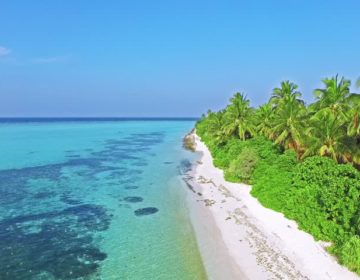
Over the past century, island biodiversity across the globe has been subjected to extreme pressure...